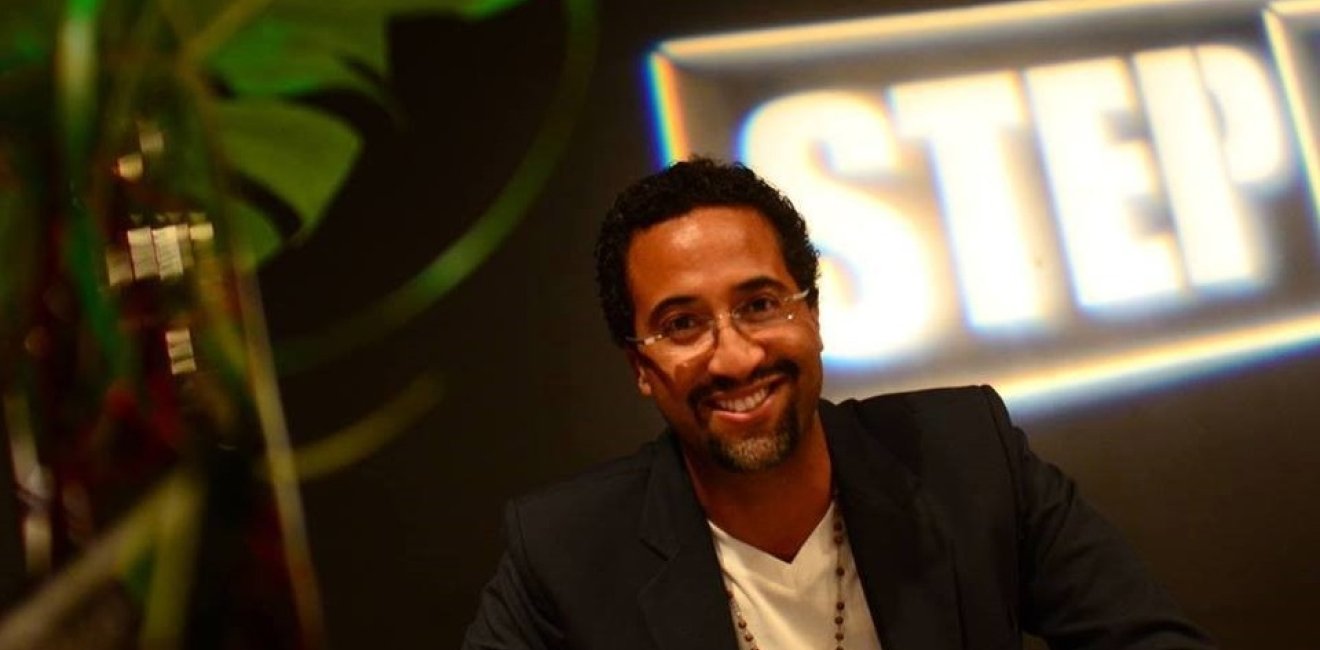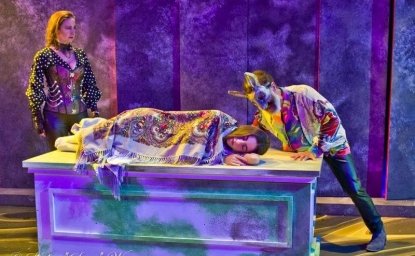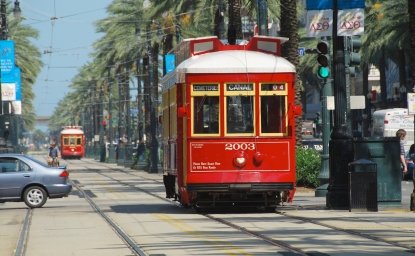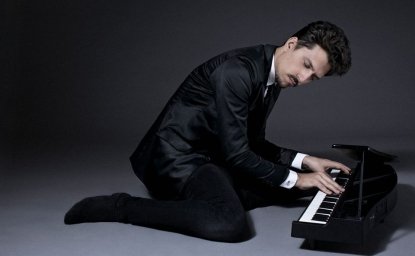
Having just completed business training at Howard University as South Africa was moving towards electing Nelson Mandela as its first post-apartheid President, C. Brian Williams set out to teach small-business skills in Lesotho and to encounter the emerging South Africa surrounding it. A member of Alpha Phi Alpha Fraternity, Inc- Beta Chapter at Howard, Williams had learned the complex rhythmic stomping and chanting art form popular among African American college students known as Stepping. He was caught off guard by Southern African Gumboot Dancing, which immediately reminded him of the dances he had performed with his fraternity brothers back at Howard. This unexpected moment changed his life.
Gumboot dancing emerged in the early twentieth century in the migrant worker clubs around Durban and other South African cities where rural migrants were segregated into barracks as they worked in South Africa’s gold, coal, platinum and diamond mines. Dancing in the Wellington boots often used in the mines, performers sometimes added bells to the boots which rang as they stomped the ground.
The dances are drawn from a variety of sources including indigenous steps brought by the migrants from their home communities; steps from various missionaries; the dances of sailors who visited the port city of Durban including Russian folk dance; the popular social dances of the 1930s and 1940s such as the jitterbug; and American tap dance brought by visiting minstrel groups of the nineteenth century and popularized through the Hollywood extravaganzas of the mid-twentieth century. Oft’ times the pattern of the steps and rhythms communicate messages of protest to those in the know.
Like the African American Stepping tradition, Gumboot dancing is highly competitive with performance judged by precision. Individual dance groups mesh together a variety of styles-- such as the stamping of feet in traditional Zulu dance, the enthusiasm of minstrel show performers, and the intricacies of Hollywood routines--to make personal and collective statements. Dancers mimic their workplace relationship to an authoritarian “boss boy,” who determines what each dancer does.
Gumboot dancing thus emerged as a cherished expression by migrants desperately trying to claim a corner of an alien environment as their own. The association with African American cultural forms felt by Williams was immediate and obvious.
Williams began reaching out to South African partners, eager to demonstrate the traditions he had shared back at Howard. He eventually met with the Soweto Dance Theater and they formed an alliance. By 1994, Williams and his Soweto partners had organized the first Step Afrika! International Cultural Festival in Johannesburg. Williams brought the concept back to the United States two years later, establishing Step Afrika! as a Washington based dance company dedicated to promoting Stepping which the company describes on its website as blending “percussive dance styles practiced by historically African American fraternities and sororities, African traditional dance and influences from a variety of other dance and art forms” so as to “integrate songs, storytelling, humor, and audience participation.”
Williams performed, lectured and taught around the United States as well as in Europe, the Americas, Asia, Africa, the Middle Eas, and the Caribbean. The company established itself as a significant force on the Washington cultural scene with deep ties into area schools and universities as well as residency programs for elementary, middle- and high school students. In addition, they developed Summer Steps with Step Afrika!, a popular one-week program that teaches stepping and concepts of teamwork, discipline and commitment to students from across the country
Step Afrika! became ever more ambitious artistically, performing longer works and taking stages in some at the country’s leading universities and art centers, and eventually at the White House for the Obamas. Williams and his company developed a performance style which lures their audiences into the spirit of their show. They encourage audience members to break traditional theatre rules, luring everyone to a shared cultural experience similar to the communal spirit Williams enjoyed watching South African Gumboot dancers. Their shows frequently begin with the cast singing the song “Calling All Brothers and Calling All Sisters,” thereby letting everyone present understand that there are no boundaries between performance and audience.
Williams’ most ambitious work unambiguously brought the Stepping tradition into mainstream American performance dance. In 2011 in close cooperation with The Phillips Collection, the company mounted a full-length piece responding to Jacob Lawrence’s iconic Migration Series (1940-41). Their work became a cornerstone of celebrating the 2016 centenary of Lawrence’s monumental series of 60 images tracing the experience of the Great Migration of African Americans from the rural south to the industrial north. That year, the Washington Performing Arts, the Meany Center for the Arts and several other major performing arts center helped to r-mount the work and launch a national tour that will continue this season with Step Afrika!’s Off-Broadway debut at the New Victory Theater. These performances were greeted by wildly enthusiastic audiences as they captured the spirit of Lawrence’s work.
In 1937 or 1938, future Nobel Peace Prize winner and Howard University political science professor Ralph Bunche visited the Witwatersrand Native Labor Association’s workers’ club where, according to his field notes, he witnessed competing choirs singing Zulu songs accompanied by dancing with “weird and shuffling steps.” Like Williams more than a half-century later, Bunche was fascinated by music and dance traditions which were strangely familiar and alien at the same time. Embracing a physical statement of presence, Zulu migrant workers used dance and song to claim their humanity in the most inhumane of circumstances. Bunche and Williams were nurtured by this spirit, bringing it back to the United States in different ways. For Williams, it has animated a life dedicated to establishing the Stepping tradition of his college years as a significant American art form. In doing so, he has incorporated those who feel alienated from many aspects of American culture onto its main stage.
Artistic Visionaries and Community Creators
The power of the performing arts to nurture inclusive communities has been praised widely in recent years; so much so that “creative placemaking” is now seen as a powerful tool in community development. The supportive role of community in fostering artistic innovation is less acknowledged. This series highlights the work of visionaries for whom creating communities of students, protégés, audiences, and donors has become a strategic element in transforming their arts.
Author

Former Wilson Center Vice President for Programs (2014-2017); Director of the Comparative Urban Studies Program/Urban Sustainability Laboratory (1992-2017); Director of the Kennan Institute for Advanced Russian Studies (1989-2012) and Director of the Program on Global Sustainability and Resilience (2012-2014)
Explore More in Artistic Visionaries and Community Creators
Browse Artistic Visionaries and Community Creators
Mark and Susan Marie Rhea and Irish Theater

Hugo and Rebecca Medrano and Hispanic Theater

Andrew Kingsley, Andrew Vaught and Social Impact Theater

